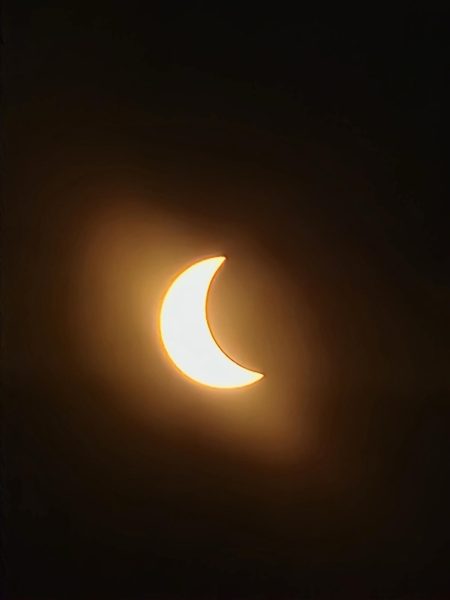Sun rises on Groundhog Day
February 2, 2016
UPDATE: The ground hog has predicted an early spring.
It’s the day to celebrate the favorite holiday of marmots and Bill Murray fans everywhere: Groundhog Day. Celebrated on February 2nd, Groundhog Day commemorates the day groundhogs rise out from their burrows. According to tradition, if the groundhog sees it shadow and retreats back to its burrow, then winter will continue for six more weeks. If the groundhog does not see its shadow, then spring will come early.
Groundhog Day has its origin in early Christianity during the time of the Roman Empire. According to groundhog.org, the precursor to Groundhog Day was Candlemas, also celebrated on February 2nd, with the tradition being that if it was cloudy and shadows were cast on Candlemas, then it was a sign of spring approaching; if Candlemas is sunny, then winter will be longer. This holiday spread to the German peoples through the conquests of the Roman Empire, and it was the early Germans who adopted a practice similar to modern Groundhog Day, with the Germans holding that if the hedgehog cast a shadow, there would be six more weeks of bad weather and winter. Groundhog Day as we know it emerged in the United States around 1887, brought by German immigrants to America according to history.com.
While Groundhogs are endemic to many parts of the United States and Canada, groundhogs are not native to Florida.
However, according to environmental science and earth science teacher Ms. O’Mara, some groundhogs have moved to Florida near Jacksonville due to habitat loss in other regions. “They are a burrowing nuisance, making holes that people walk into and digging up vegetation,” O’Mara said. “There are Groundhog removal companies that remove and relocate the groundhogs from urban areas.”
In addition, there is a major Groundhog Day celebration in Hollywood Beach, where people gather for “good cheer and sunshine at the beach” to raise money for the Hollywood Junior Lifeguard Program and Hollywood Beach Lifeguard Competition Team, according to the Sun Sentinel.
There are numerous weather-predicting groundhogs all across the US and Canada. However, by far the most famous meteorologist marmot is Punxsutawney Phil from Punxsutawney, Pennsylvania. The ‘Punxsutawney Groundhog Fan Club’ maintains Groundhogday.com, which in addition to recording the holiday’s history and traditions, also proclaims that Punxsutawney Phil is “the only true weather forecasting groundhog” (with the others being “imposters”); that there is a single Punxsutawney Phil that has been kept alive for 125 years using a special elixir; and that Phil speaks a special language called Groundhogese that can only be understood by the president of the fan club.
In terms of accuracy, Punxsutawney Phil has a mixed record (in spite of the Fan Club’s claims that Punxsutawney Phil is right 100% of the time). According to NOAA’s National Centers for Environmental Information, February is usually one of the three coldest months of the year for the contiguous United States, so spring is still quite a bit away when Phil pops out of his burrow. While there have been some years where everyone’s favorite groundhog has been correct (such as 2014, where Punxsutawney Phil saw his shadow, and temperatures in the contiguous US were below average for both February and March), for the most part, winter will be coming regardless of what a burrowing animal in central Pennsylvania predicts. However, there may be some scientific basis to Groundhog Day; according to Ms. O’Mara
“Groundhog Day falls exactly between the Winter Solstice and the Vernal Equinox,”
— Ms. O'Mara















